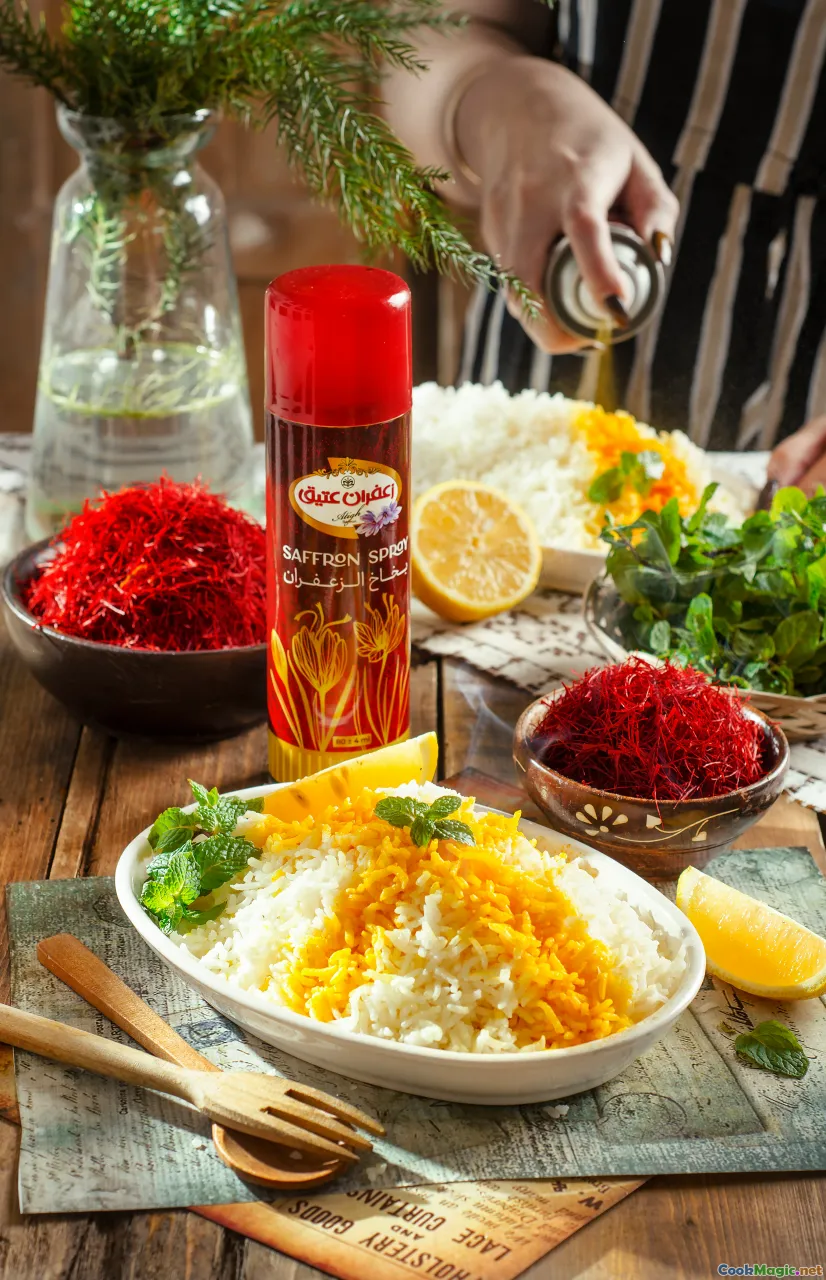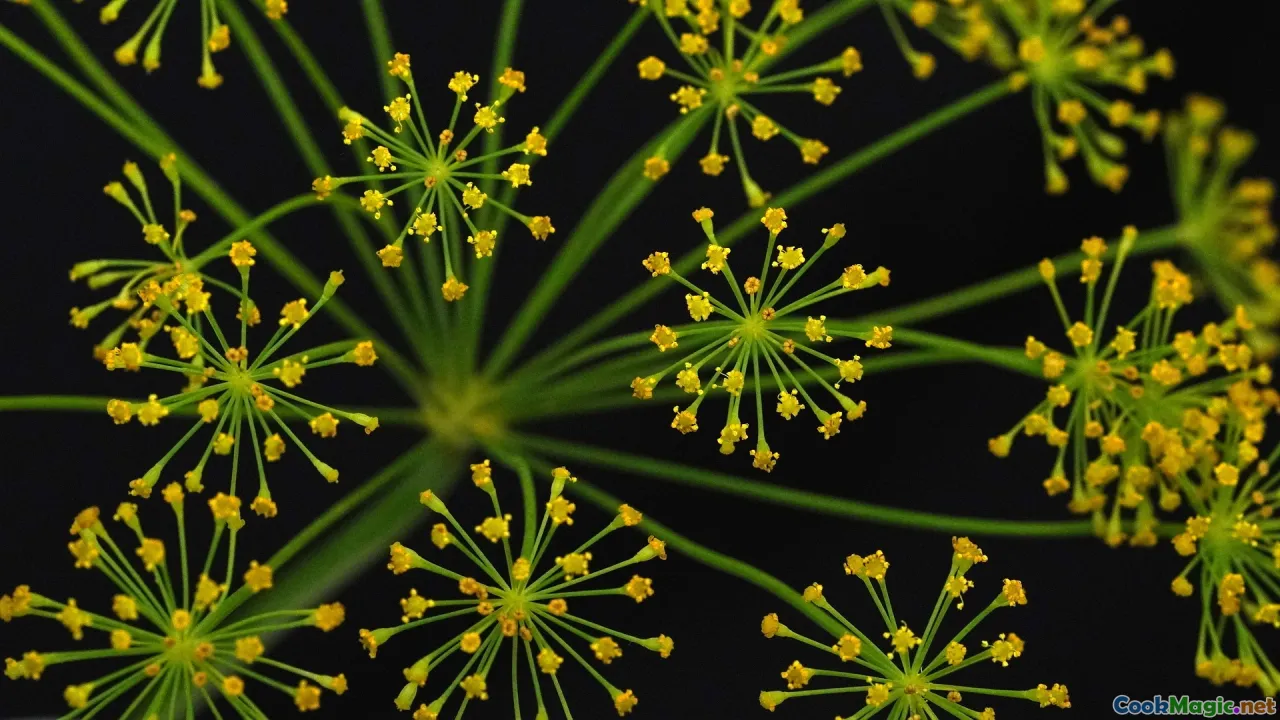Essential Spices for Authentic Turkish Cuisine
10 min read Discover key spices that define Turkish cuisine and elevate your cooking with authentic flavors and traditional aromatic profiles. June 30, 2025 09:05
Essential Spices for Authentic Turkish Cuisine
Stepping into a traditional Turkish kitchen is like embarking on a fragrant journey through centuries of rich history, vibrant culture, and culinary mastery. The soul of Turkish cuisine isn’t just in the ingredients—it’s in the harmonious blend of spices that elevate humble ingredients into unforgettable dishes. The enticing scent of sumac, the warmth of cumin, and the earthy depth of paprika evoke memories of bustling bazaars, family gatherings, and sun-drenched coastal villages.
For many of us, the allure of Turkish cuisine isn't just the taste—it's the aromatic storytelling that transports us to a Mediterranean paradise or a hilltop Anatolian village. Troves of centuries-old recipes have passed through generations, reliant on accessible, yet masterful spice use that reflects Turkey's geographic crossroads. Today, we explore the essential spices that form the cornerstone of authentic Turkish cooking, unravel their history, and learn how to wield them to bring that centuries-old charm into your own kitchen.
The Fundamental Spices of Turkish Kitchen

Turkish cuisine’s spice palette is both nuanced and bold—each spice serving a specific role in creating depth, complex aromas, and a symphony of flavors. Unlike Western blends, Turkish spices tend to be used in a way that highlights true individual flavors—yet when combined, they create a layered, intoxicating aroma.
Sumac: The Brightberry of the Levant
Sumac is a deep red, angular spice made from dried and ground berries of the wild sumac plant—an integral part of Turkish salças and salads. It lends a tangy, lemony zest that enlivens kebabs, grilled vegetables, and even yogurt sauces.
Personal insight: I vividly remember my first encounter with sumac in Istanbul’s spice bazaar, where the vendor’s hand gently dusted it over fresh herbs. The smell was sharp, citrusy, and fresh—like a culinary burst of sunshine.
Cumin: The Earthy Warmth
Cumin, or "Kimyon" in Turkish, provides a warm, earthy aroma that anchors many dishes, from köfte (meatballs) to hearty bean stews. It's used both ground and as whole seeds, often toasted to unlock a richer, nutty scent.
Tip: Toast cumin seeds gently in a dry skillet until they release their fragrance, then crush for added depth.
Paprika: The Celebratory Red
Turkish paprika varies from sweet to smoky. The smoked version—"smoked paprika"—is especially treasured for dishes like 'Menemen' or to give a rich, smoky hue to grilled meats. It’s vibrant, mildly spicy, and visually compelling.
Real Example: In the southeastern city of Gaziantep, paprika is added to signature kebabs and pilafs, imparting an inviting scarlet color and sun-dried aroma.
Oregano: The Mediterranean Herb
Oregano is a staple in Turkish salads and meat dishes. Its pungent, slightly bitter flavor complements tomato-based sauces and grilled meats, contributing both aroma and tang.
Allspice and Cinnamon: The Sweet & Savory Duo
While often associated with desserts, their warm, fragrant notes also season Turkish köfte, pilafs, and stuffed vegetables.
Illustration: Turkish baklava’s richness is accented with cinnamon and crushed allspice, creating a sensory experience that balances sweetness and spice.
How Spice Blends Define Regional Legacies

Turkey’s regional diversity shines brightly through its spice blends—each telling a story of its native soil, history, and cultural influences.
Baharat and Sumac: The Middle Eastern Influence
While baharat is more common in Arab cuisines, Turkish cooks often create their own versions blending black pepper, coriander, and nutmeg. Together with sumac, these spices add a warm, aromatic layer to lamb and vegetable stews.
Za’atar: A Touch of the Levant
In Turkish cookery, za’atar mix—comprising thyme, sumac, sesame seeds, and salt—is used as a topping for bread, grilled vegetables, and even eggs, imparting an earthy, nutty flavor.
Tip: Sprinkle za’atar on a freshly baked pide or sprinkle over hummus for an authentic touch.
Practical Tips to Spice Up Your Turkish Cooking

Achieving the authentic Turkish flavor profile requires more than just having the right spices—it involves understanding how to use them effectively.
Balance is Key
Start with small quantities; many spices are potent. A pinch of cinnamon can transform a savory dish, while too much can overpower.
Toast and Bloom
Gently toast whole spices before grinding or using directly in dishes. This technique enhances their aroma and ridges out flavor compounds.
Freshness Matters
Use whole spices where possible, grinding just before use. Keep spices in airtight containers in a cool, dark place.
Incorporate Spices in Stages
Add hearty spices like cumin and paprika early in cooking to develop depth, while more delicate ones like sumac or oregano go in towards the end to preserve their brightness.
Iconic Turkish Dishes Elevated by Spices

Let’s see how these spices come together in existing Turkish classics:
Lamb Kebabs with Sumac & Cumin
A simple marinade of lemon juice, garlic, cumin, and a sprinkle of sumac infuses the lamb with a fiery aroma, complemented by charred edges that evoke the smoky flavors characteristic of a Turkish grill.
Pilav with Paprika & Oregano
Turkish pilav, often enriched with saffron, is visually enhanced and flavor-deepened with a dash of paprika and oregano—creating a vibrant, aromatic rice dish that is the heart of any table.
Ezme Salad with Sumac & Herbs
A vibrant tomato, parsley, and onion salad finished with a splash of lemon and dusting of sumac offers a tangy, herby palate cleanser.
Stuffed Vegetables (Dolma)
Vegetables like peppers, eggplants, and zucchini filled with herbed rice seasoned with cinnamon, allspice, and sumac embody a perfect harmony of spices reflective of Ottoman culinary traditions.
Creating Your Own Turkish Spice Mixes

To truly capture the essence of Turkish cuisine, create your iconic spice blends tailored to your taste.
Recipe idea:
- 2 tablespoons ground cumin
- 1 tablespoon smoked paprika
- 1 teaspoon dried oregano
- 1/2 teaspoon ground allspice
- 1/2 teaspoon ground cinnamon
- 1 teaspoon ground sumac
- Salt and pepper to taste
Mix thoroughly and store in an airtight jar for use on grilled meats, salads, or rice.
Personal insight: The key to great spice blends lies in balancing warm, earthy, and tangy notes—layering them in your dishes to mimic the complex flavors of Turkish kitchens.
From the bustling spice markets of Istanbul to the tranquil villages of Cappadocia, Turkish spices are deeply woven into the fabric of daily life. They evoke memories, surpass taste, and connect us to centuries of tradition. Armed with this flavorful knowledge and a carefully curated spice rack, you’re invited to bring the heart of Turkish cuisine into your home—transforming simple ingredients into a celebration of history, culture, and passion.
Enjoy your culinary voyage through Turkey’s fragrant spice corridors, and may each dish tell a story of its own.









